Description
Caring for your Prickly Pear Cactus
Light
The Prickly Pear Cactus is highly light-resistant and can thrive easily in sunny and open locations. You do not have to worry about the plant rotting even under direct sunlight.
Soil
The Prickly Pear Cactus thrives in neutral soil and prefers alkaline-based surfaces. However, it is important to drain the soil properly, or the excess water can cause plant rotting.
Water
The Prickly Pear Cactus is highly drought-tolerant, so it’s best not to water the padding in the first month. Feel free to water the plant after only two or four weeks of planting the cactus during the first year of growth. Additionally, water the plant twice a month in the summers and once a month during the wintertime. However, the rainfall and dew are enough to sustain the plant in most areas.
Fertilizer
The balance of 10-10-10 fertilizers is best for the Prickly Pear cacti, which are newer. You can reduce the balance to 5-10-10 or even 0-10-10 if you have a water-soluble fertilizer for the cactus. The mix will promote more flower growth in the cactus, but cactus growers doing it for the pads can use nitrogen-rich fertilizers.
Common Issues
Even though the Prickly pear cactus is a house plant that does not require much care, one must ensure to keep it away from all sorts of pests and diseases.
Pests and Disease
The Prickly Pear does not show many diseases compared to other plant types. Its growth can hinder in case the plant does not have proper water drainage. Additionally, it may suffer from a problem called Phyllosticta; it is called the Prickly pear leaf spot disease and comes from the tiny spores from the phyllosticta fungus. This fungus colonizes the tissues of the plant.
There is no particular treatment for this disease, but if your plant gets it, you must keep it away from other decorative plants as they might get it too. However, you can remove the infected part and hope the plant can recover.
Pruning
When pruning the Prickly pear cactus, you need to remember that it is not necessary. If you want, you can easily cut it back and separate the individual pads, which will help maintain both the shape and the size of the plant. To prune the plant, you can use tongs to first handle the pad and then use a knife to cut through it. You can use the same pads and plant them to get a new pruning prickly pear cactus.
Propagation
For the propagation of the Prickly pear cactus, you need to wait for a long time. Using the seed will take at least 3-4 years for the plant to grow and give you flowers and fruits. You need to keep the seed moist enough for it to germinate. However, if you propagate the plant using its pads, it will be much quicker for your plant to bloom and give you flowers.
Potting / Repotting
You can keep the cuttings and grow them any time you’d like. You need to transplant the Prickly pear cactus to the level where they are growing. If you plant them any deeper, it may cause root rot, which can damage your plant. It is best to handle the plant with extra care as the pads from the plants may break off. These plants tend to be heavy, so you can take all the help you can get.
When plotting the plant, use gloves, so you don’t end up hurting yourself. Do not touch the spine or the pricks as they can irritate your skin.

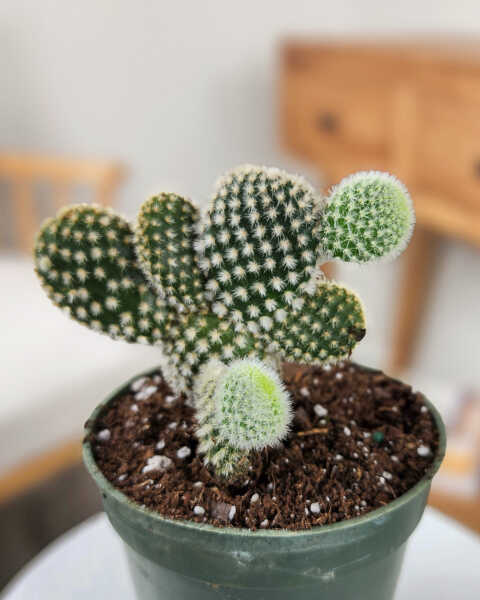
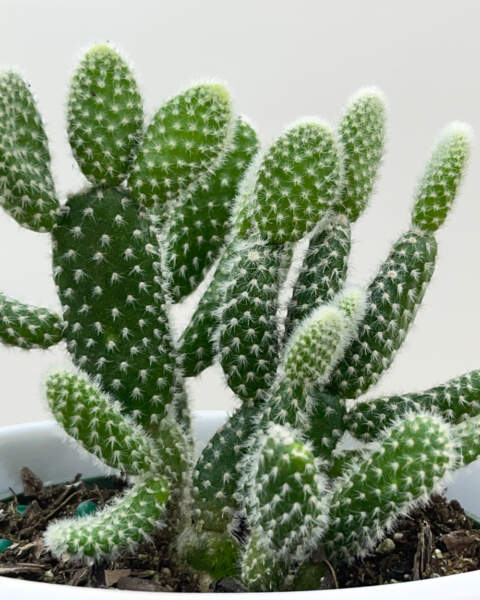

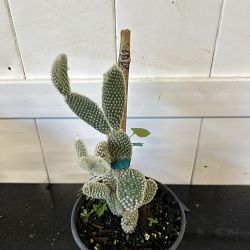
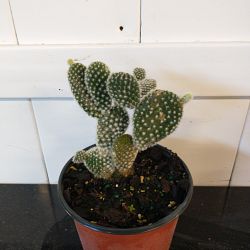
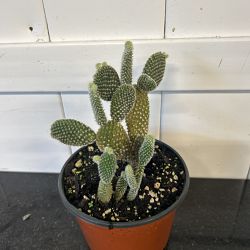



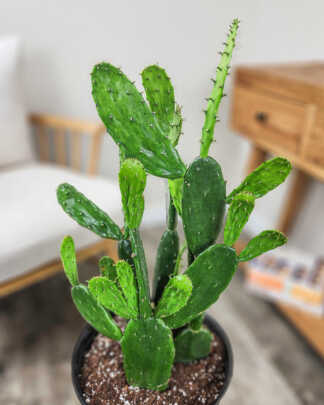
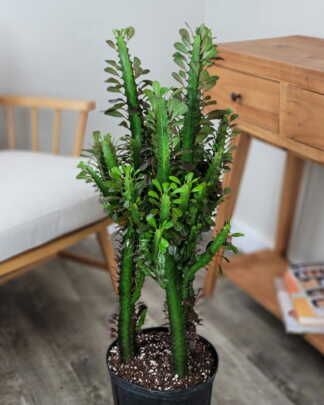
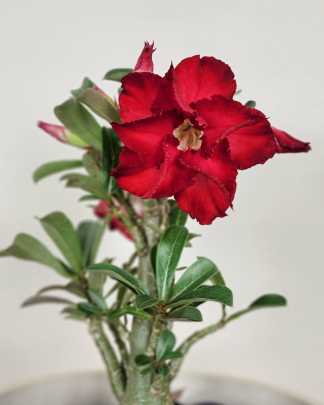

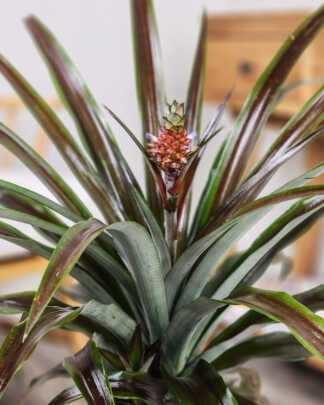


Reviews
There are no reviews yet.